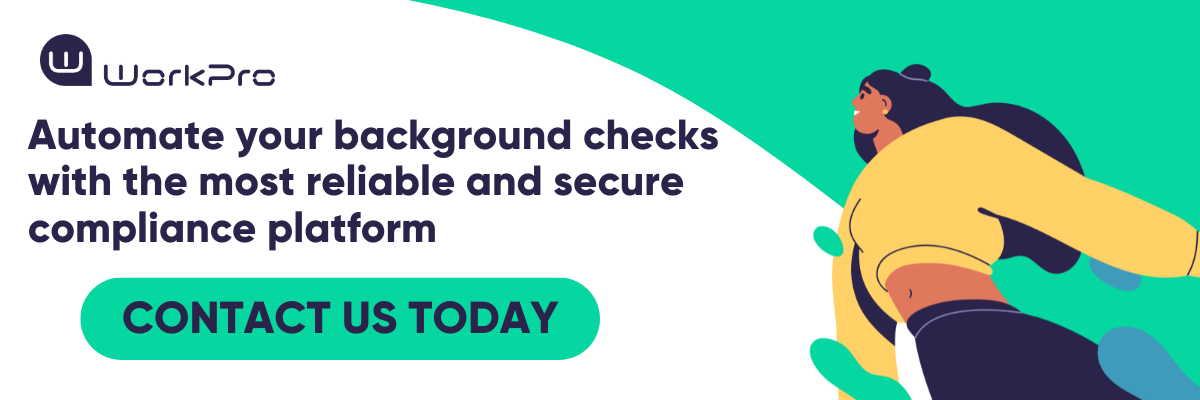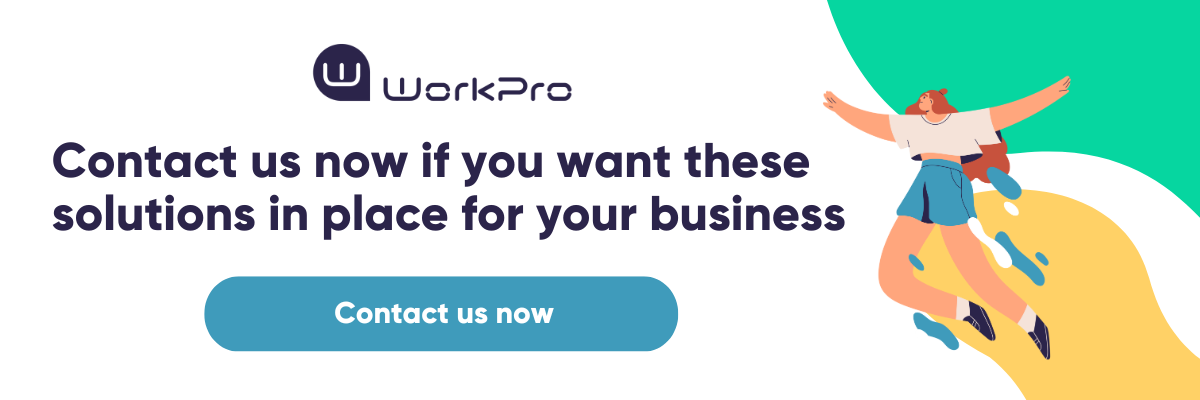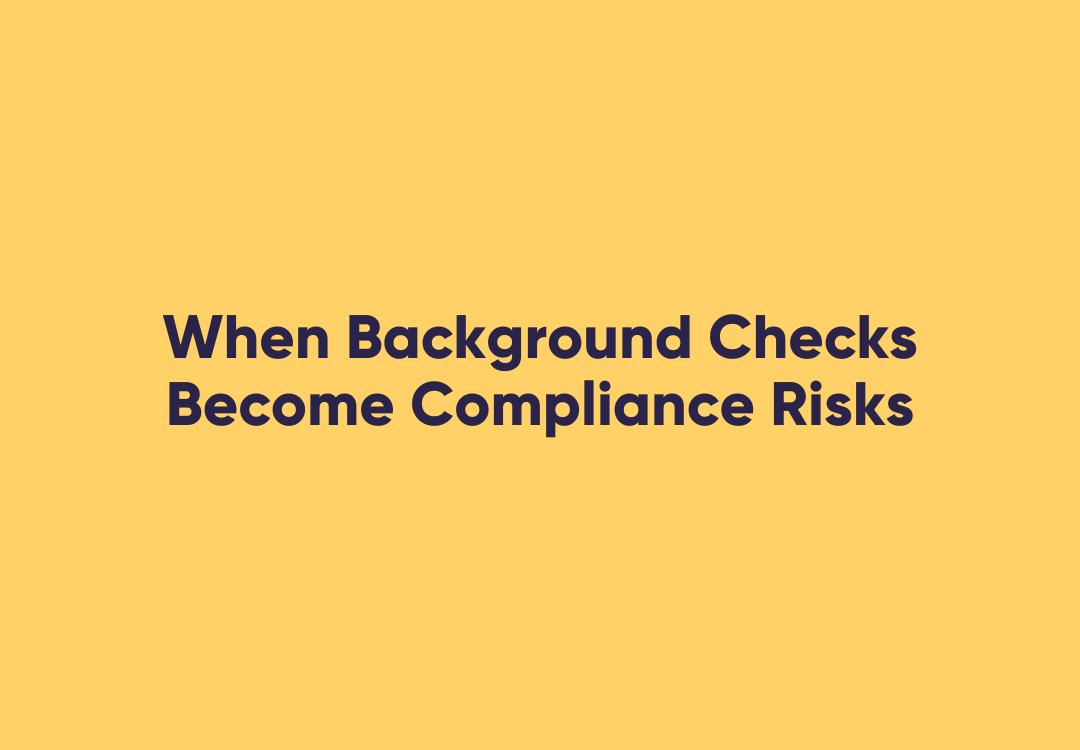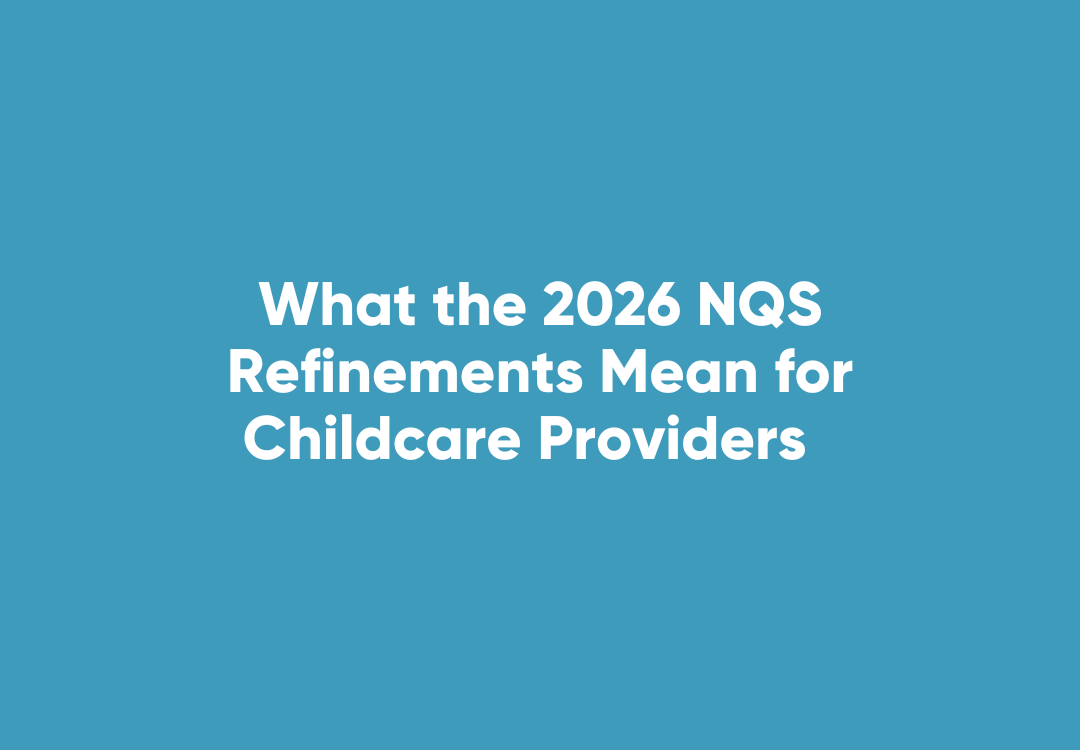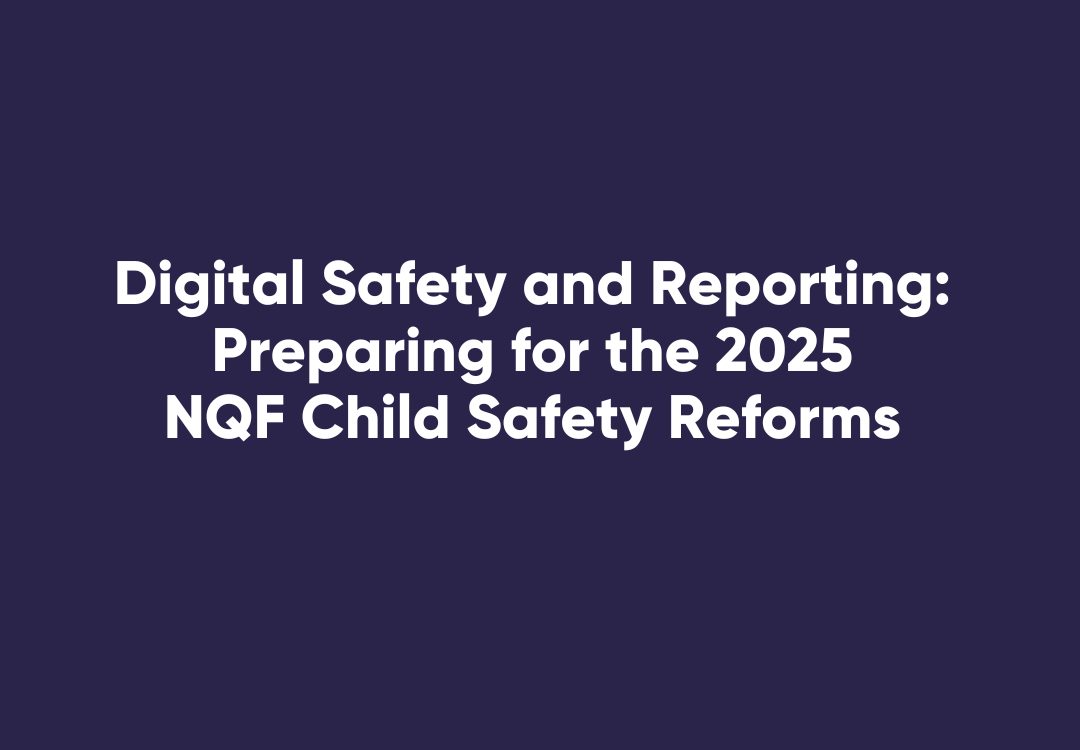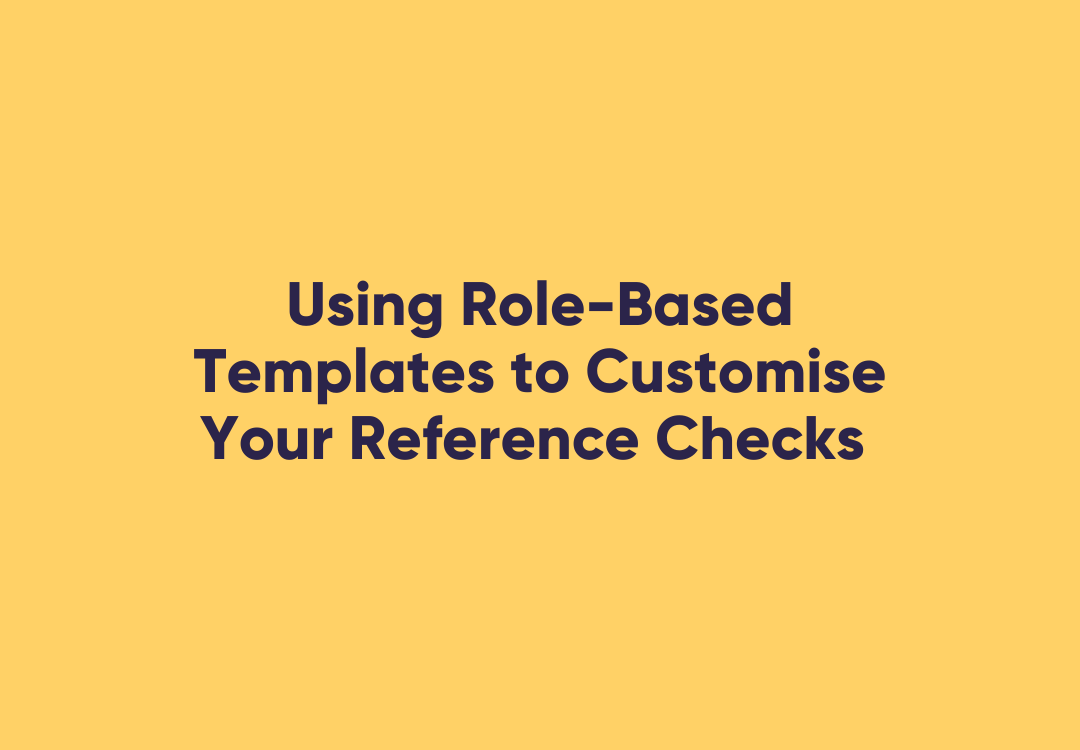Biometrics vs Manual Identity Checks: What HR Needs to Consider
Biometrics vs Manual Identity Checks: What HR Needs to Consider
While manual checks such as visually inspecting IDs or collecting uploaded copies have been standard for years, new technology is making these processes faster and more secure. In particular, biometric solutions are gaining traction in Australia as a safer and more scalable approach.
With the stakes rising for compliance, privacy, and candidate trust, HR teams must understand the differences between traditional and biometric methods. This blog compares both, explains what makes biometric Australia solutions unique, and outlines practical steps for a smooth transition.
Manual Identity Checks: Pros and Cons
Manual identity verification usually involves sight-checking a physical document or asking candidates to upload a scan or photo of their ID during onboarding. While these methods are familiar and simple, they have several drawbacks.
Pros:
- Low technical requirements and easy to implement
- Candidates are familiar with the process
- No need for specialised software or integrations
Cons:
- Risk of human error or bias in visual checks
- Easy to forge or alter scanned documents
- No real-time connection to official records
- No ongoing monitoring after onboarding
- Time-consuming, especially for high-volume or remote hiring
Manual processes may suffice for low-risk or internal roles but are increasingly inadequate for industries facing strict compliance requirements or large-scale hiring.
Biometric Verification: Pros and Cons
Biometric verification uses unique personal characteristics such as facial recognition, fingerprints, or voice patterns to confirm a candidate’s identity. In a recruitment context, a candidate might upload a government-issued ID, then provide a live selfie or fingerprint to match it.
Pros:
- High accuracy and security, as biometrics are difficult to fake
- Real-time verification that links candidates to their documents
- Fast and scalable for remote or bulk onboarding
- Automated record-keeping for compliance and audits
- Improved fraud detection, especially when combined with digital identity and document verification tools
Cons:
- Requires candidates to have access to a smartphone or webcam
- May raise questions or concerns around privacy and data security
- Upfront investment in technology and training
- Not all candidates are familiar with biometric processes
Why "We’ve Always Done It This Way" No Longer Works
The recruitment landscape has changed. More remote workers, gig economy roles, and regulatory requirements mean that traditional sight-checks or document uploads do not provide enough assurance. Fraud attempts are more sophisticated, and the cost of compliance breaches continues to rise.
Organisations that stick to old processes face several risks:
- Increased potential for fraudulent hires
- Higher admin burden as volumes grow
- Difficulty in meeting audit or regulatory requirements
- Damage to employer brand if onboarding feels outdated or cumbersome
A modern workforce needs verification processes that are secure, scalable, and able to keep pace with rapid hiring cycles.
Privacy and Accuracy Considerations with Biometrics
As biometric Australia solutions become more common, privacy and accuracy are key concerns for both HR teams and candidates.
Accuracy:
Biometric verification reduces manual errors, and the use of liveness detection helps prevent spoofing. When paired with digital identity and government database checks, accuracy rates are significantly higher than traditional methods.
Privacy:
Biometric data is sensitive. Providers must use strong encryption, limit access to authorised users, and comply with Australian privacy laws. Transparency is essential: HR must inform candidates about how their biometric data will be used, stored, and protected, and provide clear consent options.
Organisations should choose vendors with a proven track record in data protection and who can demonstrate compliance with all relevant legislation.
Preparing Staff and Candidates for a Biometric-First Process
A successful shift to biometric verification requires buy-in from both HR teams and new hires. Here’s how to prepare:
1. Staff Training:
Educate HR and onboarding staff on the benefits, workflow, and compliance aspects of biometric checks. Provide clear instructions for handling data securely and managing exceptions.
2. Candidate Communication:
Explain the process upfront in job ads, offer letters, and onboarding emails. Reassure candidates that biometric checks improve security and speed while protecting their information.
3. Consent and Support:
Make sure consent is explicit and recorded. Offer support channels for candidates who have questions or require assistance with technology.
4. Pilot and Iterate:
Start with a pilot group to test the new system, gather feedback, and address any issues before rolling out widely.
WorkPro: Supporting Digital Identity and Biometric Verification
WorkPro supports biometric identity checks as part of a seamless onboarding workflow through its Digital Identity Solution. By combining digital identity verification, biometric Australia solutions, and compliance management in one place, WorkPro makes secure, scalable hiring achievable for every organisation.
Clients using WorkPro have seen faster onboarding, fewer errors, and increased candidate trust as a result of shifting to biometric-first processes.
Manual identity checks are no longer enough for modern hiring. Biometric verification provides stronger security, greater accuracy, and a smoother experience for both HR teams and candidates. By preparing your staff and communicating clearly with candidates, you can successfully implement digital identity tools and meet the demands of 2025 and beyond.
Ready to make the switch to secure, biometric identity verification? Contact WorkPro for a demonstration or to learn more about modernising your onboarding process.


